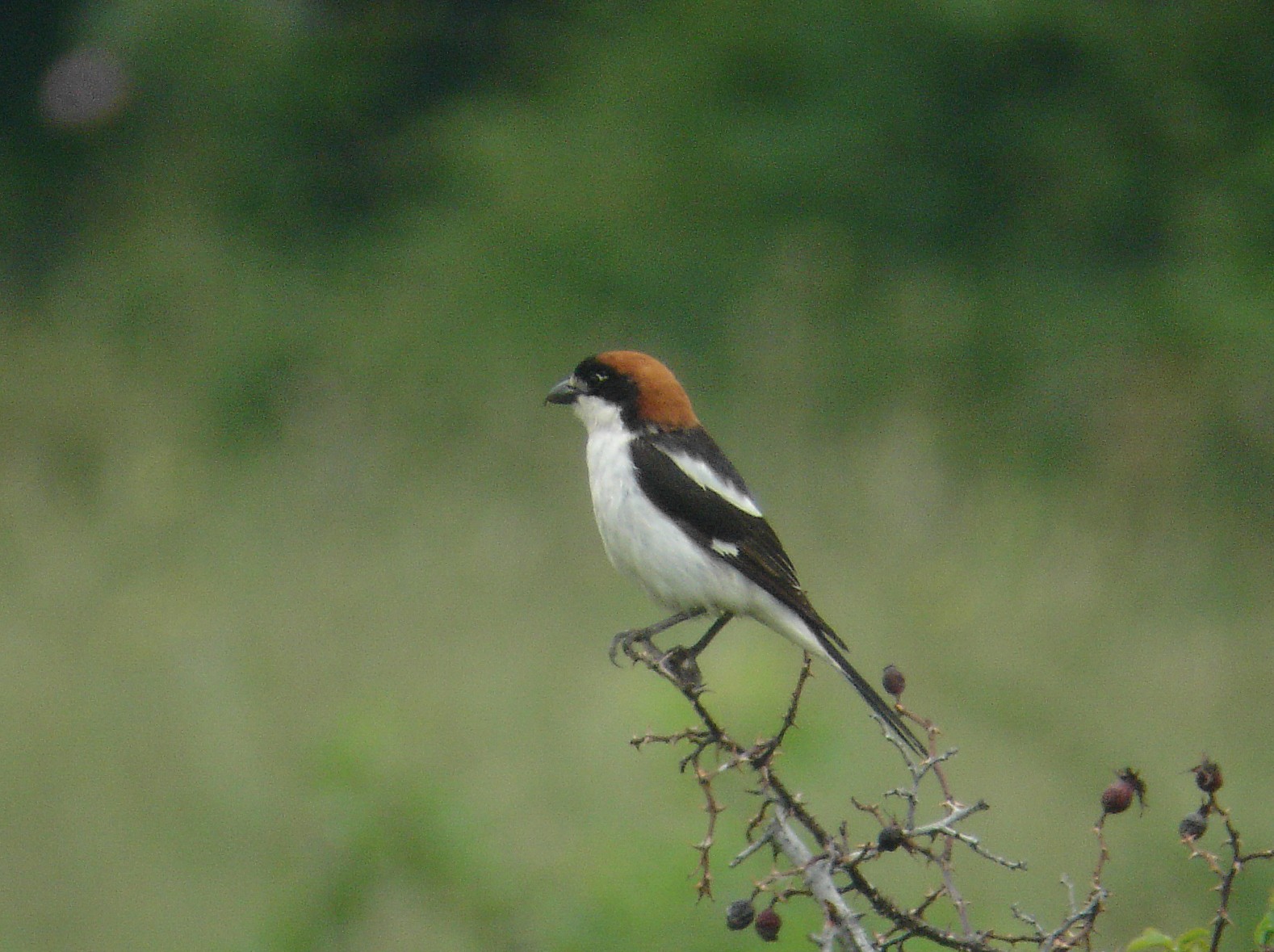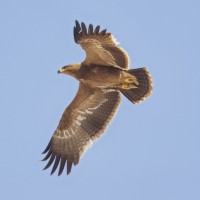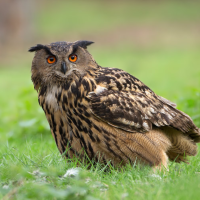Descrizione
The area to the south of Karnobat is a mosaic of habitats, providing good conditions for variety of interesting birds. Open stony pastures are inhabited by European ground squirrel, which attracts Aquila imperiale and Aquila anatraia minore, sometimes Sacro and and Aquila delle steppe. The holes of the rodents are used for nesting by Culbianco isabellino. Several stone quarries are breeding places for Gufo reale, Monachella and Culbianco, and in some years - by numerous colonies of Storno roseo. At some of the small pools in the area Casarca can be observed.
Dettagli
Accesso
You can come to the area from the side of the A1 motorway and take the Road 795 to the North, but also following Road 6 and driving South from the town of Karnobat. There are many suitable places to park near the road and to explore the area on foot.
Terreno e habitat
Foresta , Zona umida , Pianura , Steppa , Terreni coltivati , Prateria/pascolo , Altopiano , Città/paeseCaratteristiche dell’area
Collinoso , Asciutto , Roccioso , Paesaggio apertoPercorso ad anello
SiÈ utile un cannocchiale?
SiBuona stagione per il BW
Primavera , Estate , AutunnoMiglior periodo per visitare
Autunno , EstatePercorso
Strada asfaltata , Strada sterrataGrado di difficoltà del percorso a piedi
FacileModalità di accesso
A piedi , Bicicletta , MacchinaCapanno/torretta di osservazione
NoInformazioni aggiuntive
You can obtain more information and birding advices from the BSPB Centre Poda (see birding place Poda Reserve), which is open all year round.
Entering your records into the free mobile application SmartBirds Pro https://smartbirds.org/ you will help Nature conservation in Bulgaria.




